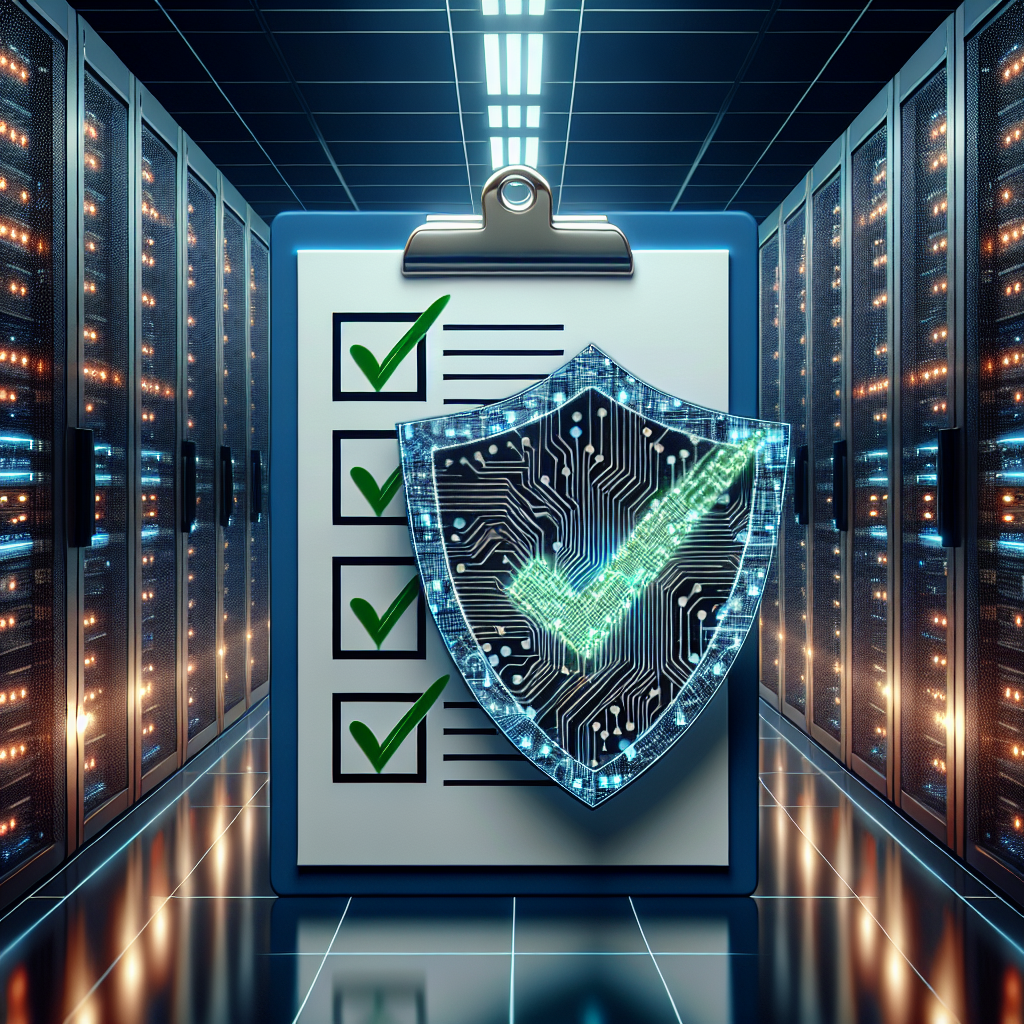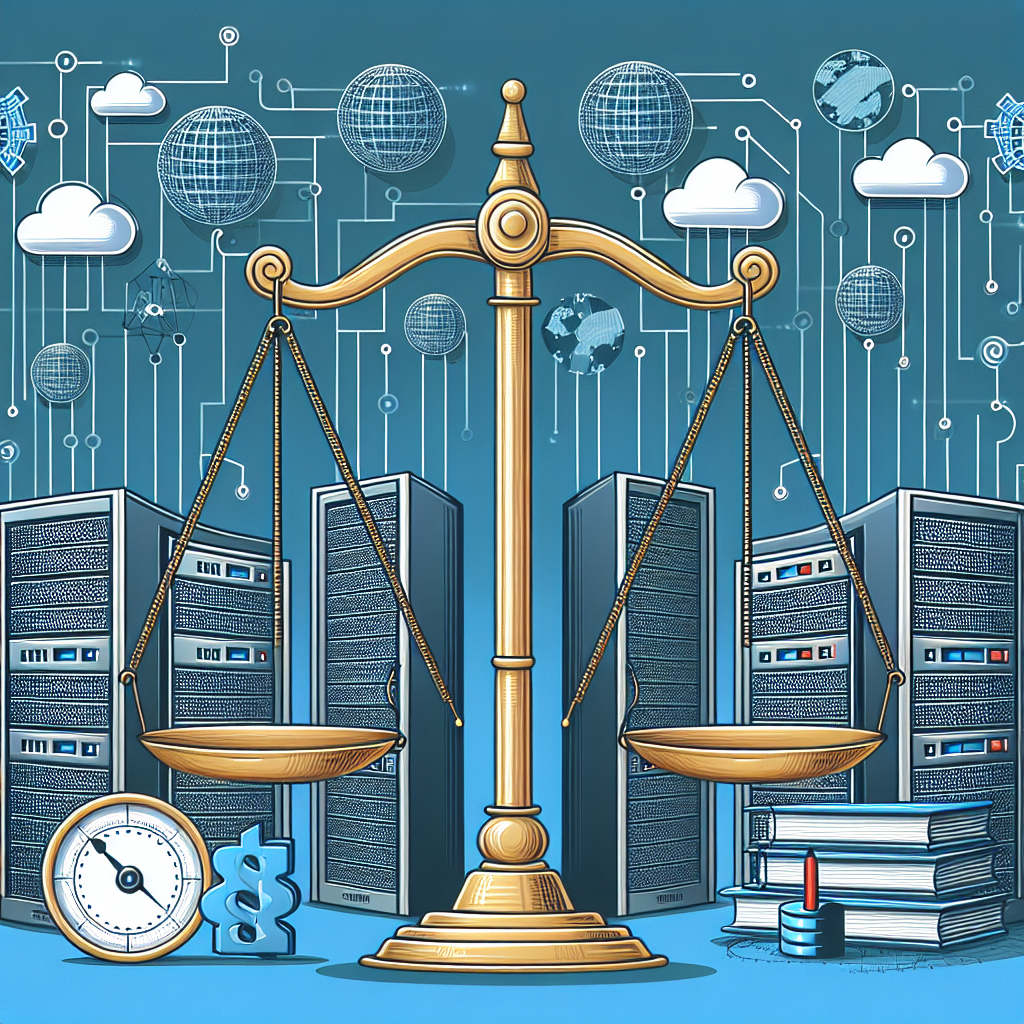Data centers are the backbone of modern businesses, serving as the central hub for storing, processing, and distributing data. With the increasing complexity of data center environments, it has become crucial for organizations to not only monitor and manage their data centers effectively but also to identify and address the root causes of any issues that may arise.
Root cause analysis (RCA) is a systematic process of identifying the underlying cause of problems or incidents within a data center. By conducting RCA, organizations can gain a deeper understanding of the issues that are affecting their data center performance and take appropriate actions to prevent them from recurring in the future.
There are several reasons why RCA is important in data center management:
1. Minimizing downtime: Downtime in a data center can have severe consequences for businesses, leading to loss of revenue, customer dissatisfaction, and damage to reputation. By conducting RCA, organizations can identify the root cause of downtime incidents and implement preventive measures to minimize the risk of future outages.
2. Improving performance: RCA can help organizations identify bottlenecks and inefficiencies in their data center infrastructure that may be affecting performance. By addressing these root causes, organizations can optimize their data center operations and improve overall performance.
3. Enhancing security: Security breaches in data centers can have serious implications, including data loss, compliance violations, and reputational damage. Conducting RCA can help organizations identify vulnerabilities in their security posture and take corrective actions to strengthen their defenses.
4. Cost savings: By identifying and addressing the root causes of issues in a data center, organizations can reduce the need for costly reactive maintenance and repairs. This can result in significant cost savings over time and help organizations allocate their resources more effectively.
5. Continuous improvement: RCA is not a one-time exercise but an ongoing process that enables organizations to continuously learn from their experiences and improve their data center management practices. By conducting RCA regularly, organizations can identify trends, patterns, and systemic issues that may be impacting their data center performance and take proactive measures to address them.
In conclusion, root cause analysis is a critical component of effective data center management. By identifying and addressing the root causes of issues within a data center, organizations can minimize downtime, improve performance, enhance security, achieve cost savings, and drive continuous improvement. Ultimately, RCA enables organizations to proactively manage their data center environments and ensure the reliability and availability of their critical business operations.









